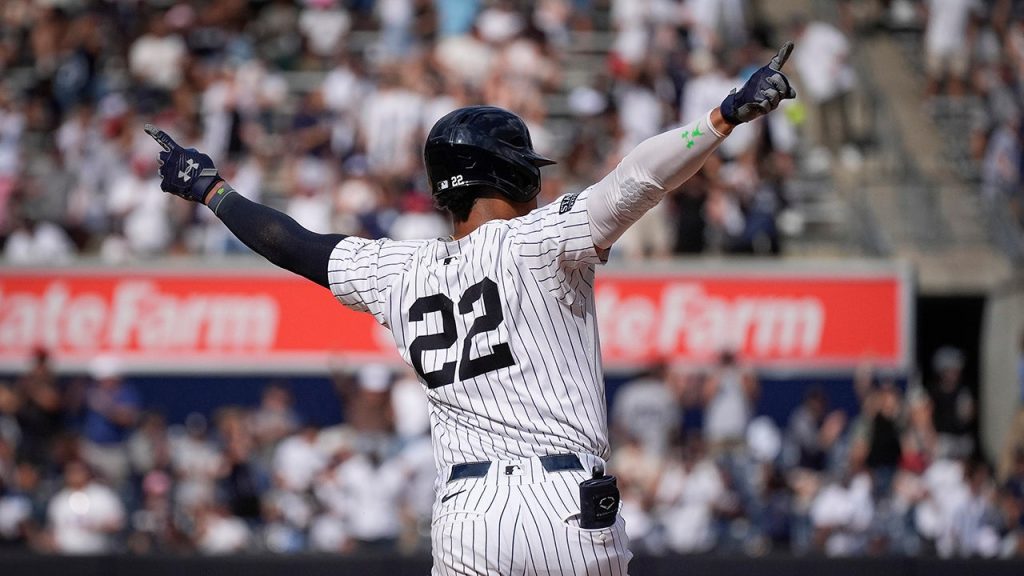The Unprecedented Deal: Juan Soto and the New York Mets Rewrite Baseball History
The sports world was set ablaze with the announcement of Juan Soto’s record-shattering 15-year, $765 million contract with the New York Mets, making him the highest-paid athlete in sports history. This monumental deal not only solidified Soto’s place among baseball’s elite but also signaled a new era of player empowerment and escalating financial commitments in professional sports. The sheer magnitude of the contract surpasses any previous baseball agreement, underscoring the Mets’ unwavering belief in Soto’s exceptional talent and their ambition to establish themselves as a perennial powerhouse.
While the financial terms of the contract were staggering, the ancillary benefits accompanying the deal further illuminated the lengths to which the Mets were willing to go to secure Soto’s signature. Reports suggest that Soto’s contract stipulations extended beyond monetary considerations, encompassing provisions such as a private suite at Citi Field, four premium seats for home games, and comprehensive security arrangements for both him and his family, both at the stadium and in their private lives. These perks, while seemingly extravagant, highlight the evolving dynamics of player contracts and the increasing emphasis on personalized amenities and comprehensive support systems for athletes of Soto’s caliber.
The saga surrounding Soto’s uniform number added another layer of intrigue to the narrative. Having consistently donned the number 22 throughout his MLB career with the Nationals, Padres, and Yankees, Soto’s attachment to this number was evidently a significant factor in the contract negotiations. The Mets, keen to demonstrate their commitment to accommodating Soto’s preferences, orchestrated a seamless transition by securing the number 22 for him, even though it was already assigned to infielder Brett Baty. While the specific terms of the arrangement between Soto and Baty remain undisclosed, the precedent of star players offering substantial compensation for their desired jersey number suggests that Baty may have received a considerable gesture of goodwill from Soto.
The contrast between the Mets’ lavish concessions and the Yankees’ more conservative approach to contract negotiations further underscores the divergent philosophies of these two New York rivals. Reports indicated that the Yankees, despite offering a substantial 16-year, $760 million contract, were hesitant to grant Soto a complimentary suite at Yankee Stadium, a factor which Cashman, the Yankees GM, later dismissed as inconsequential to Soto’s ultimate decision. This apparent discrepancy in negotiating tactics reveals the evolving landscape of player acquisition, where non-monetary perks and personalized accommodations are increasingly playing a pivotal role in influencing player choices.
The Mets’ acquisition of Soto represents a watershed moment in baseball history, not only in terms of the financial commitment involved but also the comprehensive nature of the agreement. Soto’s extraordinary talent, combined with the Mets’ willingness to cater to his preferences and invest in his long-term security, sets a new precedent for player contracts in the sport. The deal signifies a paradigm shift, where player empowerment and personalized accommodations are becoming increasingly prominent alongside monetary considerations in shaping the future of professional baseball.
The acquisition of Soto represents a bold declaration of intent by the Mets, signaling their ambition to construct a championship-caliber roster and solidify their position as a major force in baseball. Soto’s exceptional hitting prowess, combined with his youth and potential for long-term growth, makes him a cornerstone player around whom the Mets can build their future. The deal not only elevates the Mets’ immediate prospects but also sets the stage for a sustained period of contention, potentially ushering in a new era of dominance for the franchise.










